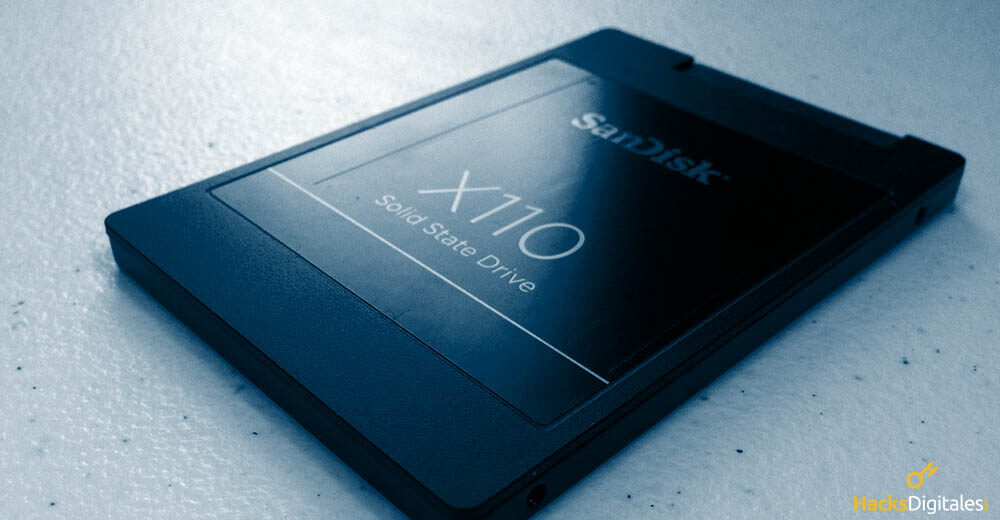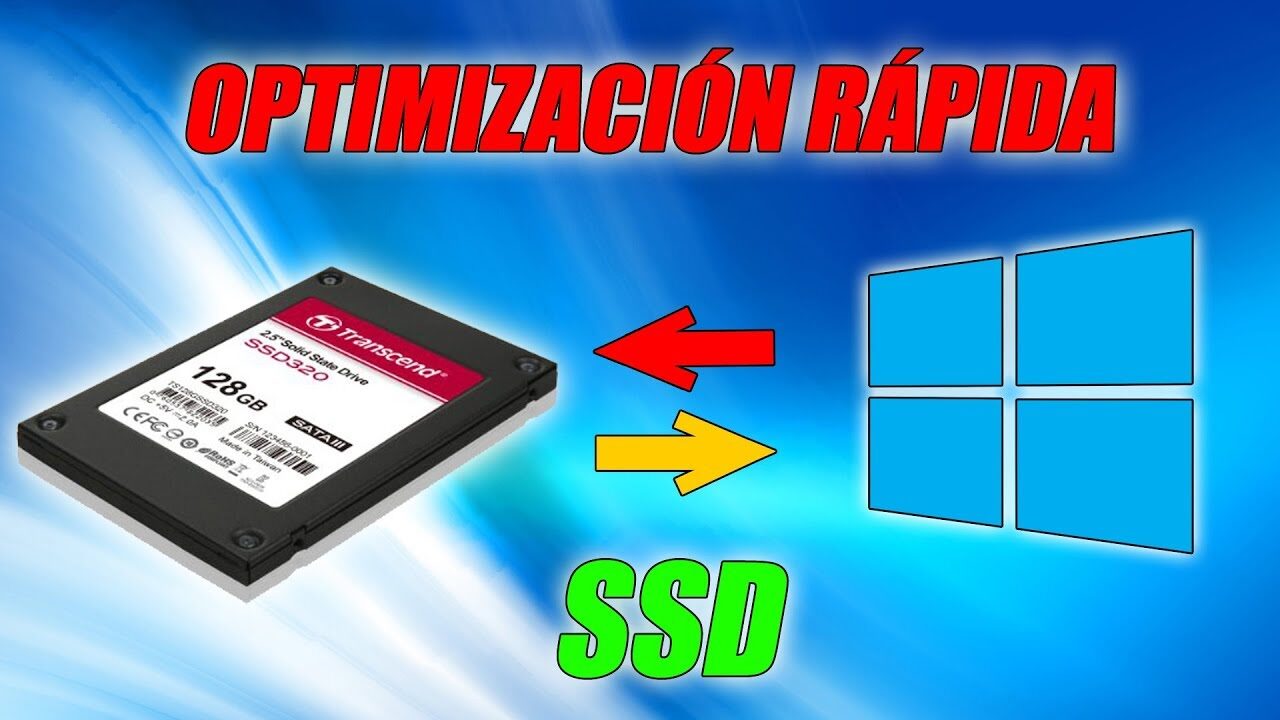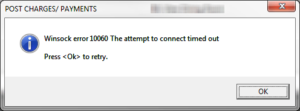
The current need for computers that work more and more efficiently has become a major problem, no user wants a slow operating system on their computers, if so SSD drives represent a quick and easy solution to this problem. Having a good storage system guarantees a significant improvement in computer performance.
Unlike conventional hard drives, do not work based on mechanical components, what translates into at a higher reading speed.
What is SSD?
Are the robust devices that work to store large amounts of computer data. Its acronym derives from its name in English. solid state drive, performs the same function as a hard drive, but it works differently.
To keep your computer in an optimal state one of the things that must be done is to optimize the SSD, this will translate into better team performance, with a faster read and write speed.
Despite being relatively new units on the market, have managed to earn their place, being the preferred option for many users seeking to improve the performance of their computers.
Why optimize the SSD?
- Reduces the energy consumption of the equipment.
- Improve computer performance.
- Greater reliability than conventional hard drives.
- Significantly increases the speed of data access.
- Increase the speed of reading and writing.
- The operating system and programs load much faster.
Optimize SSDs in Windows
- If your PC runs on Windows 7 o Windows 10, it is necessary enable AHCI mode in BIOS to run TRIM functions automatically, which will help to organize the SSD more optimally.
- Necessary read the plate manual, since each one has different specs on how to enable it.
- It is Recommended to update SSD firmware, is achieved through the manufacturer's web portal, this could translate into a significant performance improvement and even a fix to some issues.
- One of the easiest ways to optimize the SSD in Windows is download SSD Tweaker for Windows, is a free program that allows you to perform various optimizations automatically via auto-tuning configuration option.
- You must disable hibernation through Control Panel, on Energy options.
- Disable Superfetch, since it is totally unnecessary if it is an SSD, in this way the useful life of the device is lengthened and space is freed up in the RAM memory.
- Write cache causes considerable wear and tear on the SSD device, which makes me write data constantly. Therefore it is necessary to disable this function.
- Another feature that needs to be disabled to optimize the SSD in Windows is indexing units, because it doesn't really serve any purpose.
- Disk defragmentation is harmful to the SSD, due to the many write cycles they represent, Thus, will have to be deactivated.
Optimize SSDs with Linux
- As with Windows, the first thing you need to do to optimize the SSD in Linux is set AHCI mode in motherboard settings. This is done in the advanced settings in the option “SATA configuration”.
- Again coinciding with Windows, need update disk firmware, which translates into an immediate solution to problems that may arise.
- The recommended partition format is EXT4, as it causes the fewest number of write cycles.
- You can save the automatic writing of “date and time of access”, this is done by configuring “noatime”. This action It will extend the life of the SSD device.
- TRIM represents a fundamental cleaning function for the correct operation of SSD devices. At the moment, most PCs, yes not all, support this function, do not take into account operating systems prior to 2010.
- Add TRIM at system startup or via command “cron”, this will allow it to run at the time it is scheduled. It is an ideal option if it is a PC that is in constant operation.
- Adjusting the Linux system's access to the SWAP partition to restrict or even bypass it entirely can reduce the configuration to achieve delayed write cycles.
- A very important step is limit browser typing actions, thus avoiding write cycles in the system cache.
- It is recommended to mount temporary in RAM memory.
Optimize SSD with Mac
- Keep that in mind Apple does not support TRIM for added disks. Some SSD devices already have this option included, but, must be done manually.
- To save writings on the SSD disk it is recommended move user folder to conventional hard drive.
- Deactivate the fall arrest motion sensor, since this function no longer serves any purpose.
- Mac has the sleep mode feature, which automatically makes a copy of the content to RAM. Triggers when the PC is closed and produces multiple write cycles that shorten the life of the SSD, so that it is recommended to disable this option.
- Another feature that generates a large number of write cycles with a significant impact on the life of the device is the secure erase of the trash. It is recommended to disable this feature.
- As in Linux to optimize the SSD with a MAC is recommended activar noatime.
- Downloading the Chameleon SSD Optimizer ensures that you can easily control various of the above-mentioned functions. Disabling or reducing write cycles is very useful and makes work easier.
- Instale Fusion Drive de Apple.
Regardless of the equipment you have, an SSD represents an excellent option.





